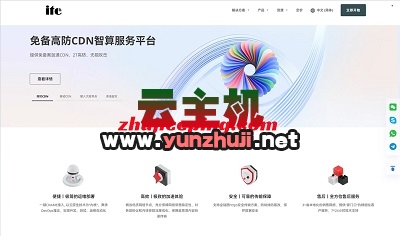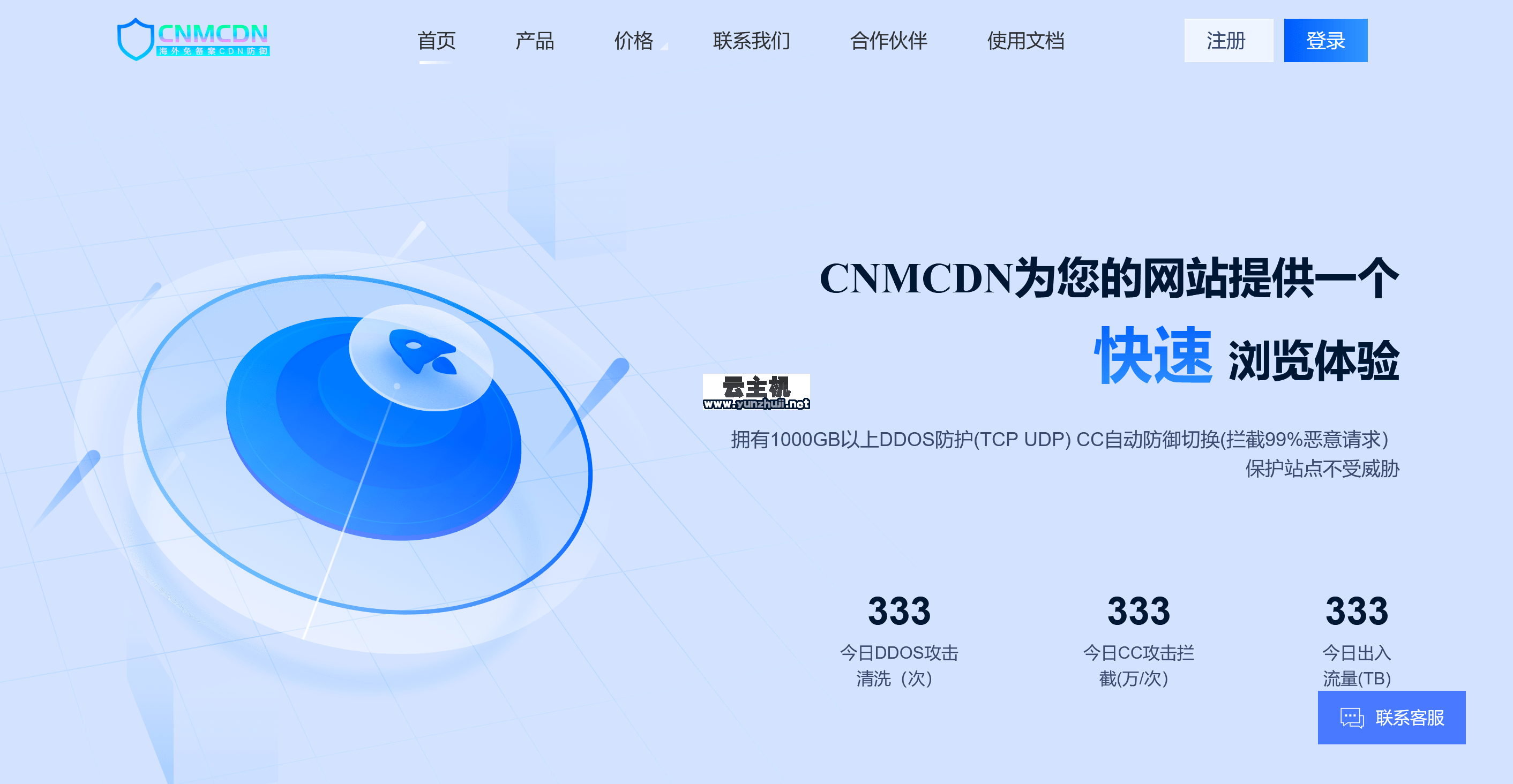会员登录后不显示广告的实现方法
前端实现
1、页面逻辑控制
在用户登录后,前端JavaScript可以通过检查用户登录状态来决定是否显示广告,可以使用cookie、localStorage或sessionStorage来存储用户的登录状态。
“`javascript
if (localStorage.getItem(‘isLoggedIn’) === ‘true’) {
document.getElementById(‘adcontainer’).style.display = ‘none’;
}
“`
2、使用CSS条件注释
通过CSS条件注释,可以在用户登录后隐藏广告。
“`html
<![if !IE]> >
<style>
@media screen and (minwidth: 768px) {
.ads {
display: none;
}
}
</style>
<!<![endif]>
“`
后端实现
1、服务器端会话管理
服务器端可以设置会话(session),当用户登录后,将登录状态保存在会话中,根据会话状态,后端可以决定是否返回广告内容。
“`python
# 假设使用Flask框架
@app.route(‘/hidead’)
def hide_ad():
if ‘logged_in’ in session:
return render_template(‘main.html’, show_ad=False)
else:
return render_template(‘main.html’, show_ad=True)
“`
2、API调用
可以通过API调用后端服务,根据用户的登录状态返回是否显示广告的标记。
“`javascript
// 假设有一个API端点 /api/user/status
fetch(‘/api/user/status’)
.then(response => response.json())
.then(data => {
if (data.isLoggedIn) {
document.getElementById(‘adcontainer’).style.display = ‘none’;
}
});
“`
数据库存储
1、用户登录状态
在数据库中存储用户的登录状态,每次用户访问页面时,后端查询数据库以确定用户是否登录。
“`sql
CREATE TABLE users (
id INT AUTO_INCREMENT PRIMARY KEY,
username VARCHAR(50),
logged_in BOOLEAN DEFAULT FALSE
);
“`
综合示例
1、前端JavaScript
用户登录后,前端JavaScript将登录状态存储在localStorage。
“`javascript
localStorage.setItem(‘isLoggedIn’, ‘true’);
“`
2、CSS
在CSS中使用JavaScript动态更改样式。
“`javascript
var adContainer = document.getElementById(‘adcontainer’);
adContainer.style.display = localStorage.getItem(‘isLoggedIn’) === ‘true’ ? ‘none’ : ‘block’;
“`
通过以上方法,可以在用户登录后有效地隐藏广告,提升用户体验。

 云主机测评网
云主机测评网














最新评论
本站CDN与莫名CDN同款、亚太CDN、速度还不错,值得推荐。
感谢推荐我们公司产品、有什么活动会第一时间公布!
我在用这类站群服务器、还可以. 用很多年了。